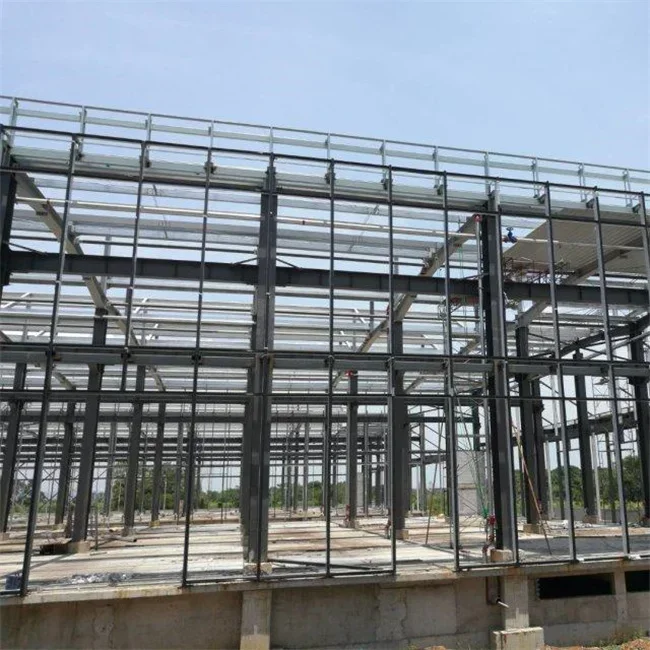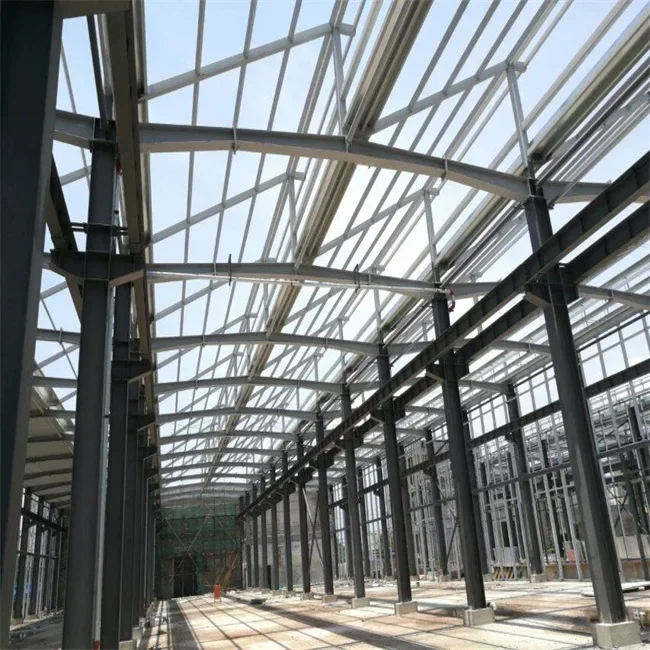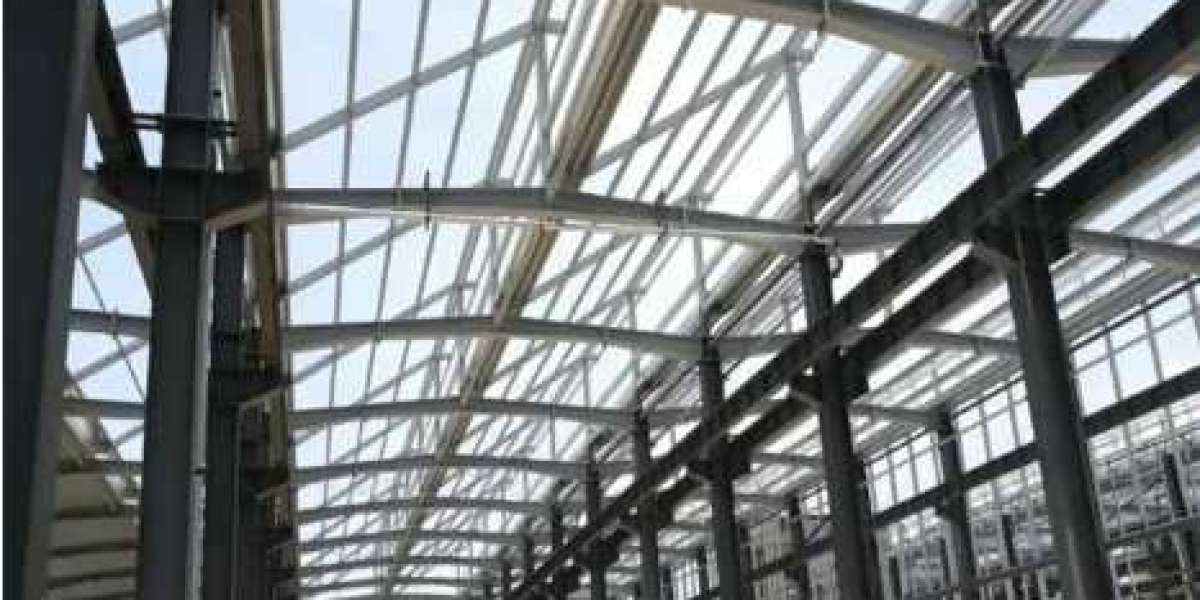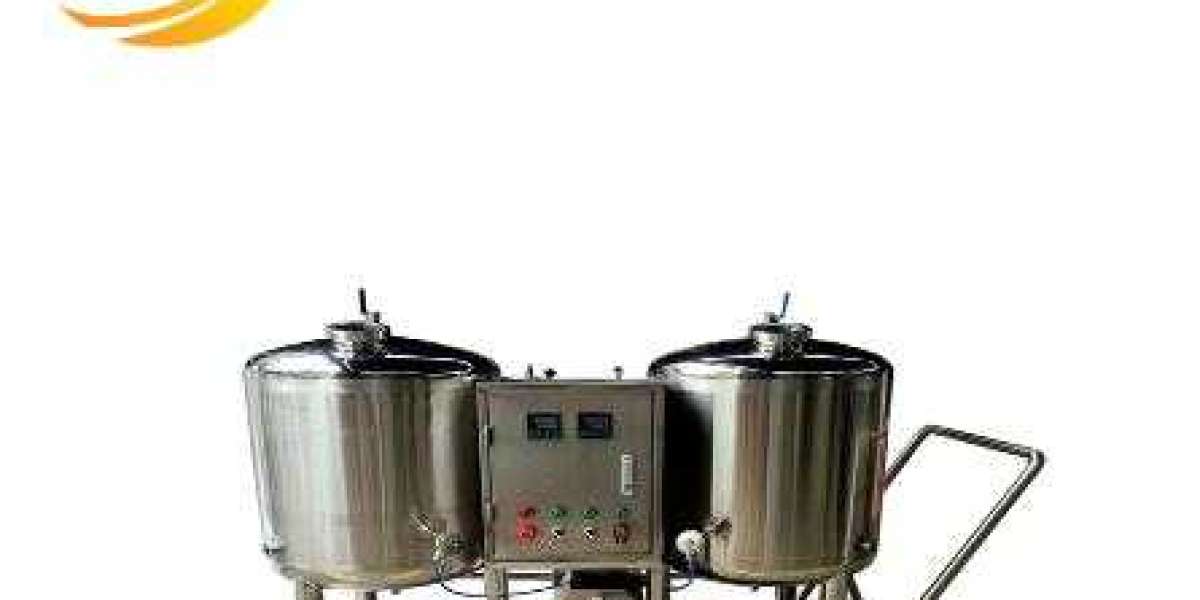The Durability and Strength of Steel Frame Warehouse Buildings
Steel frame warehouses offer durability, versatility, and cost-effectiveness for various industrial and commercial needs. With their robust construction and customizable design options, these structures provide efficient storage solutions suitable for diverse industries. From maximizing usable space to ensuring structural integrity, steel frame warehouses are a popular choice due to their strength and longevity. This blog post explores the benefits of steel frame warehouses, highlighting their advantages in terms of sustainability, safety, and flexibility in meeting specific business requirements.
The Benefits of Using Steel Frame Warehouse Structures
Cost-Effective Solution
Steel frame warehouses are a cost-effective choice due to their durability and low maintenance requirements. They have a longer lifespan compared to traditional structures, reducing the need for frequent repairs or replacements. This longevity translates into cost savings over time, making them an economical option for businesses looking to invest in a warehouse facility.
Steel frame warehouses also offer flexibility in design and construction, allowing for easy expansion or modification as business needs evolve. With prefabricated steel components, the construction process is streamlined, saving both time and labor costs. These structures can be erected quickly, minimizing downtime and enabling businesses to start operations sooner.
Cost-effective due to durability
Long lifespan reduces maintenance costs
Flexibility in design allows for easy expansion
Structural Integrity and Safety
One of the key advantages of steel frame warehouse structures is their superior structural integrity. Steel is known for its strength and resilience, providing excellent support for heavy loads and withstanding harsh environmental conditions. This robustness ensures that the warehouse can safely store goods without compromising on safety.
Moreover, steel frame warehouses are highly resistant to pests such as termites that can damage traditional wooden structures. This resistance not only enhances the longevity of the building but also helps maintain a hygienic storage environment free from pest infestations.
Superior structural integrity supports heavy loads
Resistant to pests like termites
Provides a safe storage environment
Environmental Sustainability
Steel frame warehouses are an environmentally friendly option as they are often made from recycled materials. The recyclability of steel makes it a sustainable choice for construction projects, reducing the demand for new raw materials and lowering carbon emissions associated with manufacturing processes.
Furthermore, steel is non-combustible, offering enhanced fire protection compared to wood-framed buildings. This characteristic adds an extra layer of safety when storing valuable goods in the warehouse while also potentially lowering insurance premiums due to reduced fire risk.
Made from recycled materials
Non-combustible nature enhances fire protection
Reduces carbon emissions through recyclability
Design and Construction Options for Steel Warehouses
Architectural Styles
Steel frame warehouses offer a wide range of architectural styles, allowing for flexible layout configurations. This versatility ensures optimal space utilization within the warehouse structure. Whether it's a distribution center, manufacturing facility, or factory, steel warehouses can be designed to suit various operational needs.
Steel structures provide the flexibility to integrate additional features like mezzanines or offices. These additions enhance the functionality and efficiency of the warehouse. For instance, incorporating mezzanine levels can create extra storage space without expanding the footprint of the building.
Space Utilization
One significant advantage of steel frame warehouses is their ability to achieve clear span widths, maximizing usable floor space. The clear span design eliminates the need for interior support columns, offering unobstructed areas that are ideal for storing large equipment or goods.
Moreover, when considering site selection and installation requirements, steel warehouses prove advantageous due to their lightweight yet durable construction material. Their ease of assembly and customization options make them suitable for various industries seeking efficient storage solutions.
Customization Features of Steel Warehouses
Tailored Dimensions
Steel frame warehouses offer customization options in terms of size to suit specific project needs. This means that the dimensions can be adjusted to fit the requirements of the project, whether it is a small storage facility or a large distribution center. For example, if a company needs a warehouse with extra height for storing tall equipment, steel structures can easily accommodate such specifications.
Steel warehouses provide flexibility. Unlike traditional buildings where columns are fixed in certain positions, steel frames allow for open floor plans by placing columns strategically based on the layout requirements. This feature enables efficient use of space within the warehouse and facilitates smooth operations.
Variety of Exterior Finishes
One advantage of steel frame warehouses is the range of exterior finishes available for customization. From sleek modern designs to more traditional aesthetics, steel structures can be clad with different materials such as metal panels, brick veneer, or stucco finishes. This versatility allows businesses to choose an exterior finish that aligns with their brand image or blends seamlessly with existing structures on-site.
Pros:
Flexibility in adjusting dimensions.
Efficient utilization of space due to customizable column spacing.
Aesthetic appeal through various exterior finish options.
Cons:
Additional costs may be incurred for premium finishes.
Maintenance requirements vary based on selected exterior materials.

The Durability and Strength of Steel Frame Warehouse Buildings
Structural Integrity
Steel frame warehouses are known for their exceptional structural integrity, ensuring they can withstand harsh weather conditions and heavy loads. The robust steel framework provides stability, reducing the risk of damage.
Steel's strength allows for larger open spaces within the warehouse, providing more storage space while maintaining a solid structure. This enables businesses to efficiently store goods without worrying about compromising the building's integrity.
Long Service Life
The steel frames used in warehouse construction have an impressive service life, offering long-term benefits to businesses. Unlike traditional materials that may degrade over time, steel is highly durable and requires minimal maintenance.
Pros:
Exceptional structural integrity
Long service life with minimal maintenance required
Cons:
Initial construction costs may be higher than other materials
Environmental Considerations for Steel Frame Warehouses
Recyclable Material
Steel frame warehouses are built using steel frames, a highly recyclable material that significantly reduces environmental impact. When these buildings reach the end of their lifecycle, the steel frames can be recycled and repurposed, minimizing waste generation. This sustainability aspect makes steel frame warehouses an environmentally friendly choice.
Steel's recyclability also contributes to reducing the demand for new raw materials in construction projects. By utilizing recycled steel in building new warehouses, there is less strain on natural resources and energy consumption associated with extracting and processing virgin materials.
Energy-Efficient Designs
Steel frame warehouses offer energy-efficient designs that promote sustainability. These structures can incorporate features such as high-quality insulation, efficient HVAC systems, and natural lighting to reduce energy consumption. Steel's thermal properties help maintain consistent indoor temperatures, decreasing the need for excessive heating or cooling.
Furthermore, steel frame warehouses provide opportunities for integrating renewable energy sources like solar panels or wind turbines. By harnessing clean energy alternatives, these buildings can further lower their carbon footprint and reliance on non-renewable resources.
Sustainable Construction Practices
Constructing steel frame warehouses involves sustainable practices aimed at minimizing waste generation throughout the building process. The precision of off-site fabrication ensures minimal material wastage during construction compared to traditional building methods where excess materials often go unused.
Moreover, advancements in construction technology allow for more precise planning and resource allocation when erecting steel frame structures. This efficiency not only reduces construction time but also decreases environmental impact by optimizing material usage.

Closing Thoughts
In conclusion, steel frame warehouse structures offer a myriad of benefits, from unparalleled durability and strength to customizable design options that cater to various needs. The environmental considerations further solidify steel warehouses as a sustainable choice for businesses looking to reduce their carbon footprint. With the ability to withstand harsh weather conditions and provide long-lasting support, steel frame warehouses stand out as a reliable solution for storage and industrial purposes.
For those considering warehouse construction or renovation projects, exploring the advantages of steel frame structures is paramount. The versatility, strength, and eco-friendly nature of steel warehouses make them a top choice in the industry. By opting for steel frame warehouse buildings, businesses can ensure longevity, cost-effectiveness, and a reduced impact on the environment. Make an informed decision today and choose the resilience and efficiency that steel frame warehouses offer.
Frequently Asked Questions
What are the advantages of using steel frame warehouse structures?
Steel frame warehouses offer superior strength, durability, and cost-effectiveness compared to traditional building materials. They provide flexibility in design, faster construction times, and resistance to pests and fire.
What design and construction options are available for steel warehouses?
Steel warehouses can be designed with various layouts, heights, and configurations to suit specific storage needs. Construction options include pre-engineered buildings or customized designs based on size requirements and environmental factors.
How customizable are steel warehouses?
Steel warehouses offer high customization capabilities in terms of layout, size, insulation levels, exterior finishes, doors/windows placement. This allows businesses to tailor the warehouse structure according to their unique operational needs.
Why are steel frame warehouse buildings known for their durability and strength?
Steel is inherently strong material that resists warping, cracking or rotting like wood. Steel frame warehouse buildings can withstand harsh weather conditions such as heavy snow loads or high winds without compromising structural integrity.
What environmental considerations should be taken into account when opting for steel frame warehouses?
Steel is a sustainable building material due to its recyclability and energy efficiency during production. Choosing steel frame warehouses helps reduce waste generation while providing long-term benefits in terms of resource conservation.








